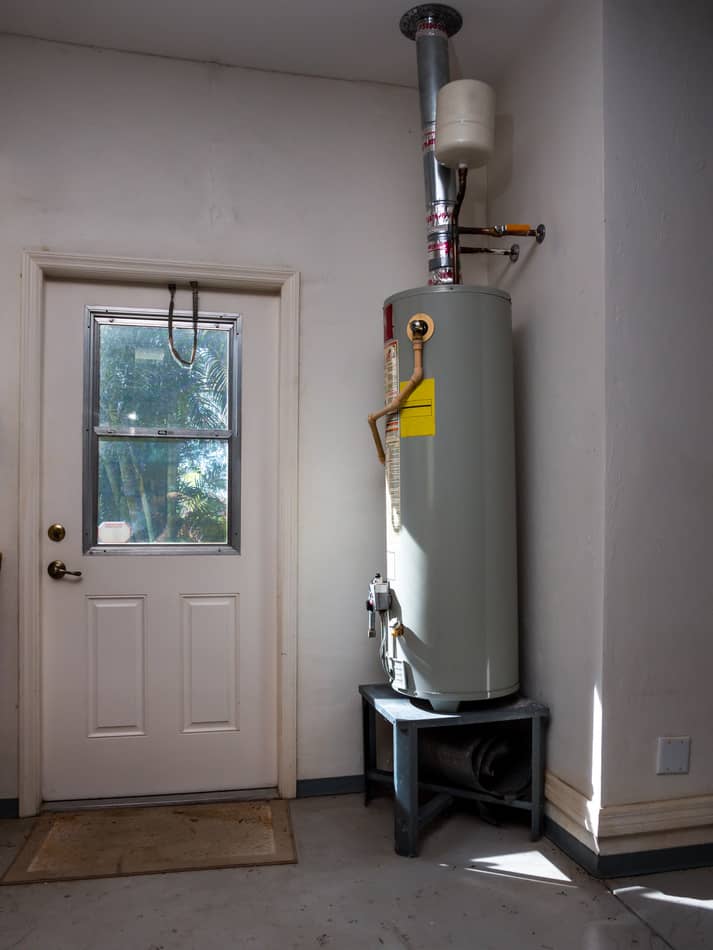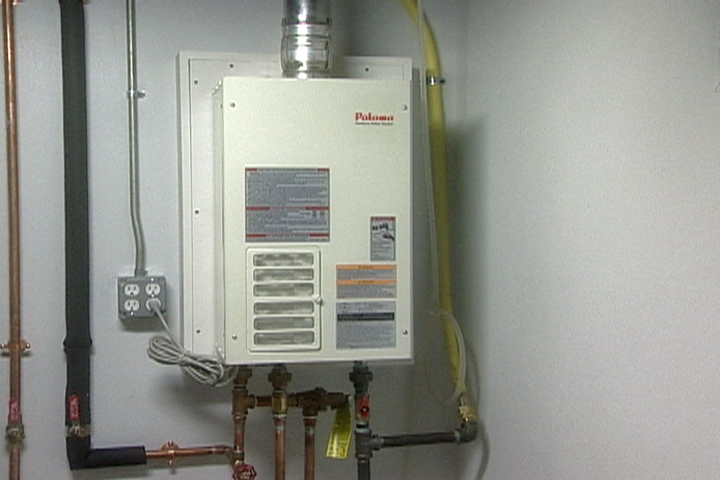In this article below you can get some awesome help and advice regarding How to Maintain Your Water Heater & Prolong its Life.

Warm water is vital for day-to-day comfort, whether it's for a refreshing shower or cleaning dishes. To ensure your warm water system runs effectively and lasts longer, routine maintenance is key. This post supplies sensible tips and insights on how to preserve your home's hot water system to stay clear of disturbances and costly repairs.
Introduction
Preserving your home's warm water system may appear challenging, however with a few easy steps, you can ensure it operates smoothly for years ahead. This overview covers every little thing from recognizing your warm water system to do it yourself maintenance pointers and knowing when to hire expert assistance.
Value of Preserving Your Hot Water System
Routine maintenance not only prolongs the life-span of your hot water system yet likewise guarantees it runs efficiently. Ignoring maintenance can result in lowered efficiency, higher energy costs, and even premature failing of the system.
Signs Your Hot Water System Demands Upkeep
Knowing when your hot water system needs attention can stop significant issues. Look out for signs such as irregular water temperature, unusual noises from the heater, or rustic water.
Flushing the Water Heater
Flushing your water heater eliminates debris accumulation, boosting effectiveness and lengthening its life.
Checking and Changing Anode Rods
Anode poles protect against rust inside the storage tank. Inspecting and changing them when broken is vital.
Complicated Issues Needing Specialist Help
Examples include major leakages, electric problems, or if your water heater is consistently underperforming.
Regular Expert Upkeep Conveniences
Expert upkeep can include complete assessments, tune-ups, and making sure conformity with security standards.
Evaluating and Changing Temperature Level Settings
Readjusting the temperature level setups makes sure optimum performance and safety and security.
Do It Yourself Tips for Upkeep
You can execute several maintenance jobs yourself to maintain your hot water system in top condition.
Looking for Leakages
Frequently inspect pipes and connections for leakages, as these can cause water damages and higher bills.
Recognizing Your Hot Water System
Prior to diving right into maintenance jobs, it's valuable to understand the standard components of your hot water system. Normally, this includes the water heater itself, pipes, anode rods, and temperature controls.
Regular Monthly Upkeep Tasks
Routine regular monthly checks can aid capture small issues prior to they escalate.
Evaluating Stress Relief Valves
Testing the pressure relief valve ensures it works appropriately and protects against excessive pressure accumulation.
Protecting Pipes
Protecting warm water pipes decreases warm loss and can save power.
When to Call a Specialist
While DIY maintenance is useful, some problems call for specialist proficiency.
Final thought
Routine upkeep of your home's warm water system is essential for efficiency, longevity, and cost savings. By adhering to these pointers and understanding when to seek expert assistance, you can guarantee a trustworthy supply of warm water without unforeseen interruptions.
Water Heater Maintenance Tips
Test the TPR Valve
Shut off the power and the cold-water supply valve. Place a bucket under the pipe connected to the temperature-pressure-release (TPR) valve on the top or side of the tank. (This valve opens if the tank pressure gets too high.) Lift the valve’s tab to let some water out, then let go. If water keeps flowing, drain the tank partway, unscrew the old valve with a pipe wrench, and install a new one. Check the Anode Rod
Put a hose to the tank’s drain cock and let out a few gallons of water. Now fit a 1 1/16-inch socket onto the rod’s hex head on top of the heater (or under its top plate) and unscrew the rod. If it’s less than ½ inch thick or coated with calcium, buy a new one, wrap its threads with Teflon tape, put it back in the tank, and tighten securely. Use this segmented rod if headroom above the tank is limited. Drain the Tank and Wash Out Sediment
Drain the remaining water in the tank into the bucket, then stir up the sediment on the tank’s bottom by briefly opening the cold-water supply valve. Drain and repeat until clean water comes out of the hose. Close the drain cock, refill the tank, and turn its power back on. Adjust the Temperature
Find the temperature dial on the side of the tank and unscrew its cover. Adjust the dial to 120 degrees using a flathead screwdriver. For every 10 degrees the temperature is lowered, you can expect to save up to 5 percent in energy costs. Turn the water heater off or the thermostat down to its lowest setting if you plan to be away from home for more than three days. Insulate the Pipes
Buy some self-sticking 3/8-inch-thick foam pipe insulation that matches the pipes’ diameter. Slide the foam over the hot-and cold-water pipes as far as you can reach. Insulating the cold-water pipe prevents condensation in summer. Peel the tape and squeeze the insulation closed. If the pipe is 6 inches or less from the flue, cover it with 1-inch-thick unfaced fiberglass pipe wrap. https://www.thisoldhouse.com/plumbing/21016402/how-to-maintain-a-water-heater

I stumbled upon that article about Water Heater Maintenance Tips You Can't Afford to Forget while doing a lookup on the internet. Be sure to take the time to distribute this entry if you appreciated it. Thanks a lot for being here. Kindly come by our website back soon.
At This Website